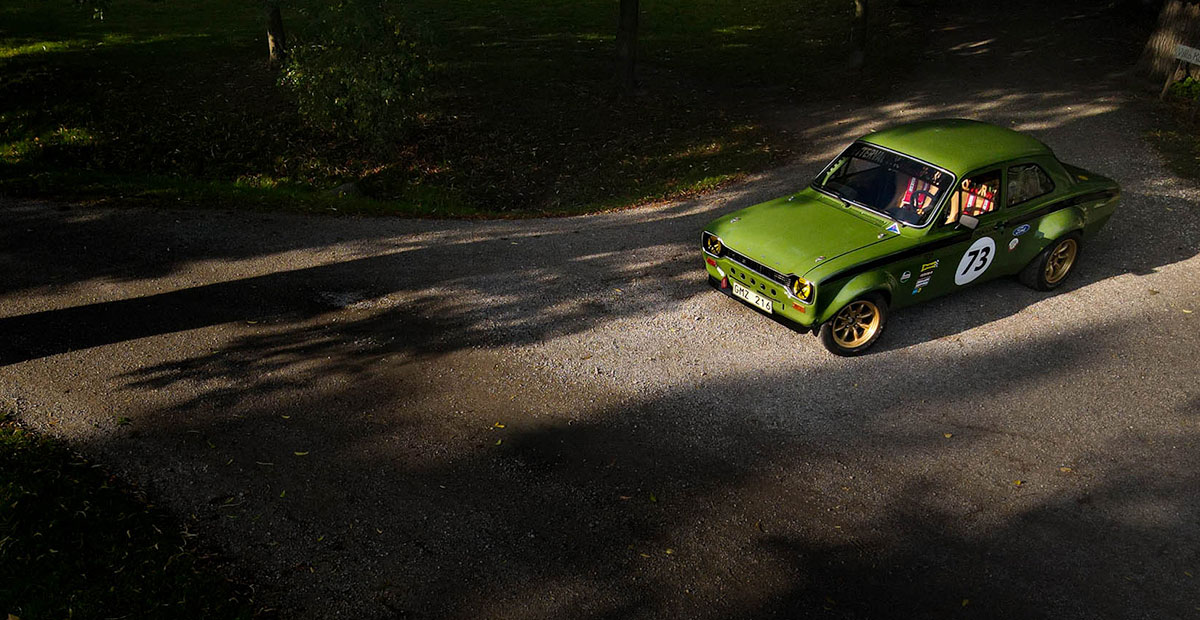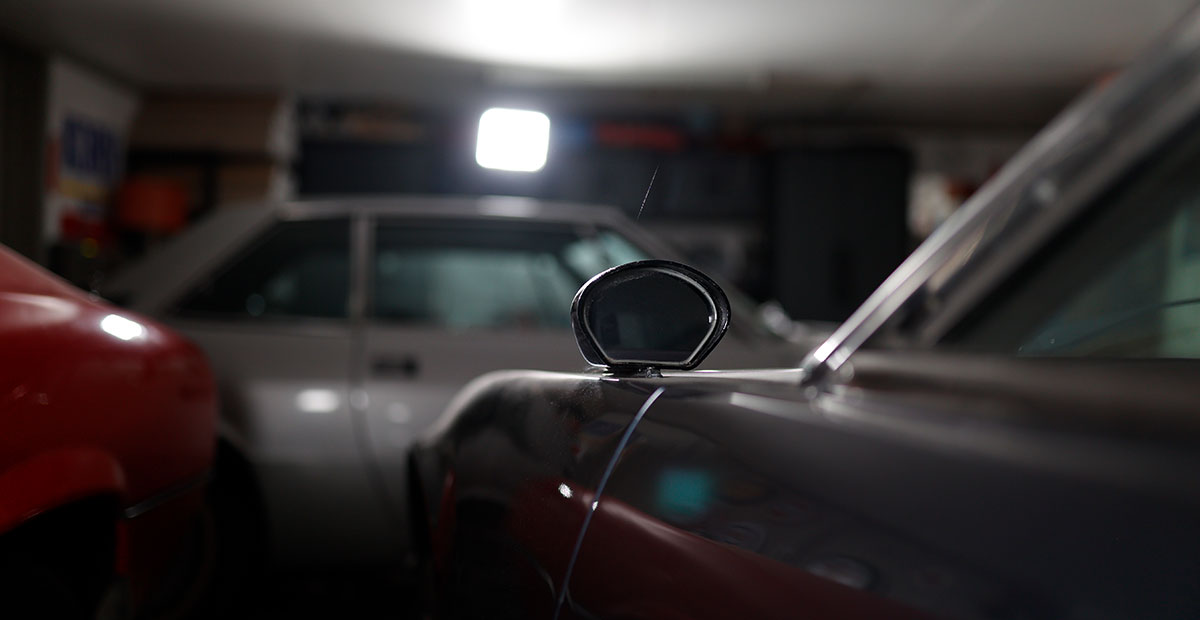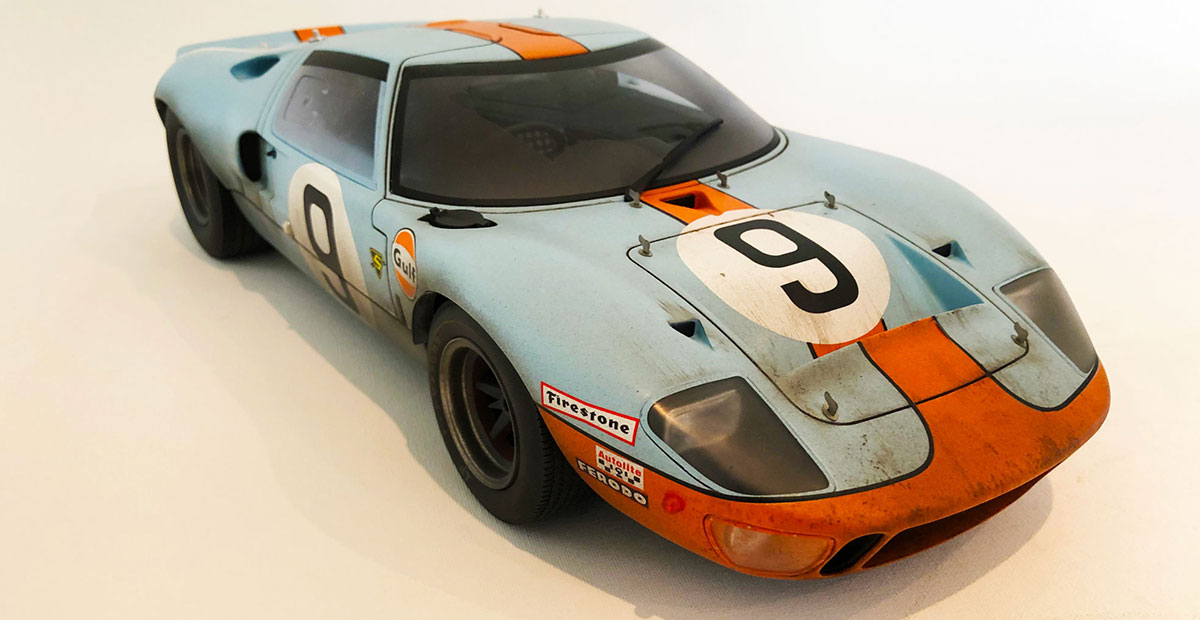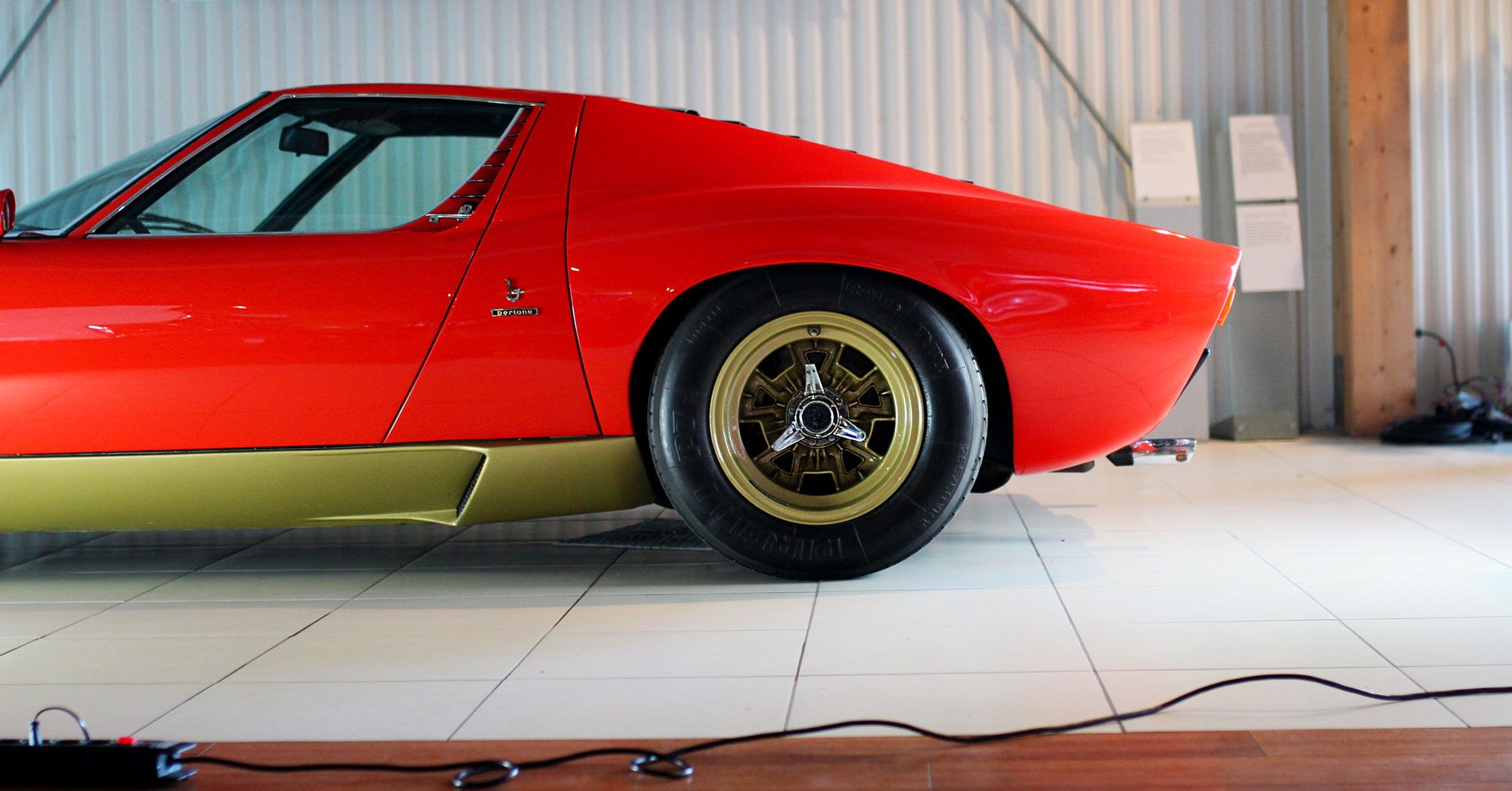
Text and photo: Erol Orhun
Vernier Calipers:
How Two Sliding Sticks of Metal Built the Modern World
A sliding measurement device: that is what we call these things in Sweden. Or a “skjutmått” for those of our reading public who wonder what they are called in Swedish.
The history books or the annals of history mention a Portuguese mathematician called Pedro Nunes, who made significant advancements in the evolution of the tool we came to call the Vernier gauge. Vernier? Yes, Pierre Vernier, who not only gave his name to the tool but also invented the subscale beneath the main readout, allowing measurements far more precise than one millimeter.
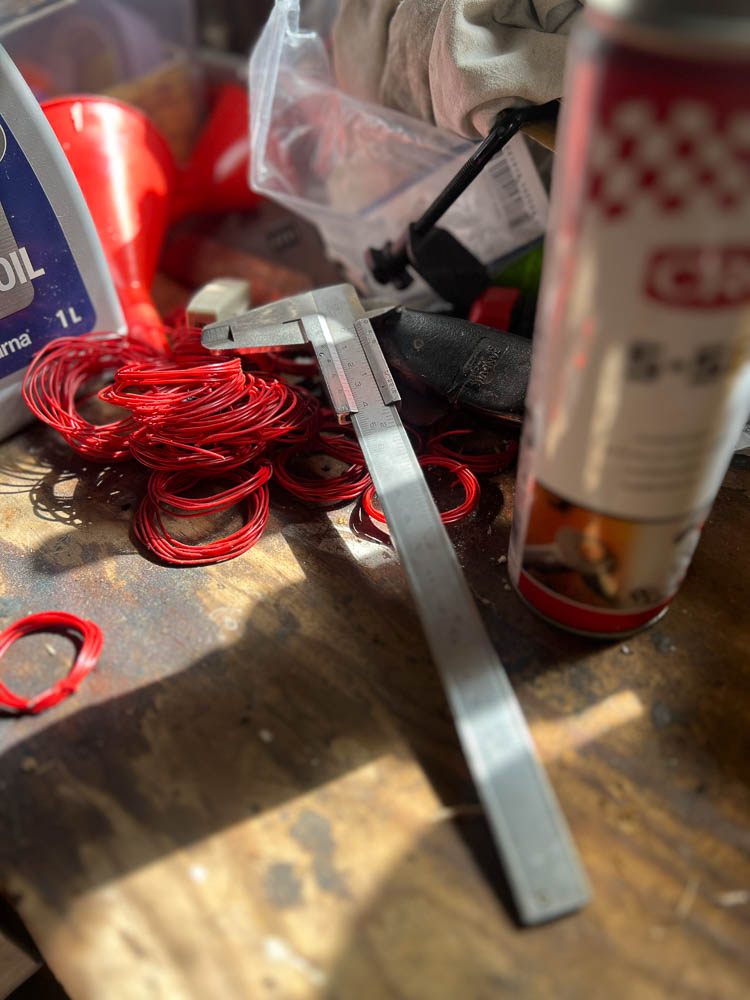
What is so fascinating about these tools? After all, they are so simple, just two precision-machined metal sticks, rubbing and sliding, one against the other. No need for batteries or to be gentle when handling them. Use them and throw them in your toolbox when they have satisfied your curiosity about the size – external, internal, or depth – of object X.
And just let them rest there, unglamorously, until the next time they need to assist you in a query with an answer measured in imperial or metric.
A grizzled hard handyman I once acquainted, who knew his way around any mechanical contraption, apparatus, or thingamabob, once told me that the legend over thread pitch, often found on the backside of the head of the Vernier caliper, should be cast into the tool, forged into the metal, and not be a simple sticker. That stuck with me. Whenever I see a Vernier caliper dumped in a toolbox, amid hammers, crescent wrenches, and chipped chisels, I always check it for make and model – then flip it over to inspect whether the info-graphic for thread pitch is a label or cast into the metal.
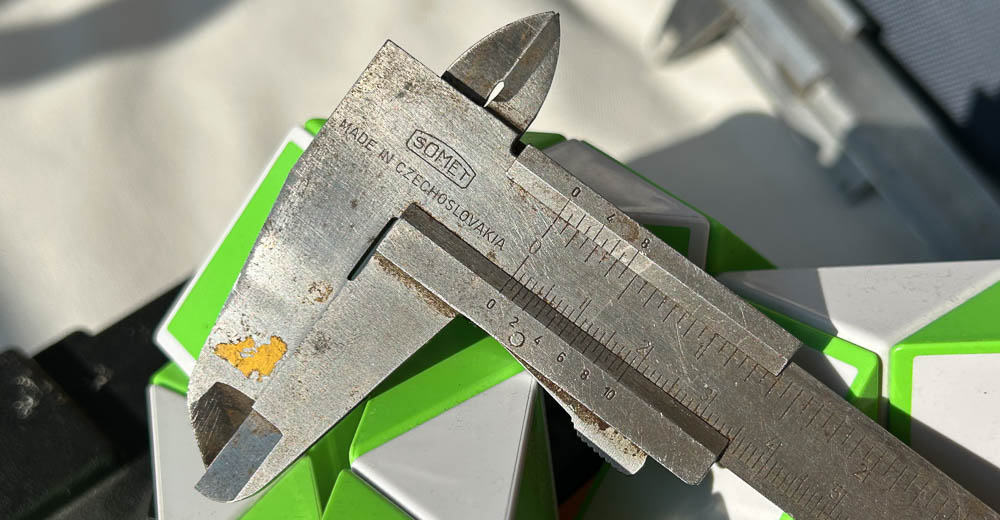
Don´t meet Abbes error
The jaws of life? I argue these are the jaws of precision, the jaws out of which modern industry and the prospering, contemporary world were birthed. Un-digital, unloved, and cast aside, these tools – no – quite, stoic individuals, need to be saved from rusting away in toolboxes nationwide, hell, globally.
They are not perfect. Care needs to be taken when taking a measurement, to ensure that the jaws are properly seated against the object being measured. Otherwise, say hello to the Abbé error, named after Ernst Abbe, also called sine error, describes the magnification of angular error over distance
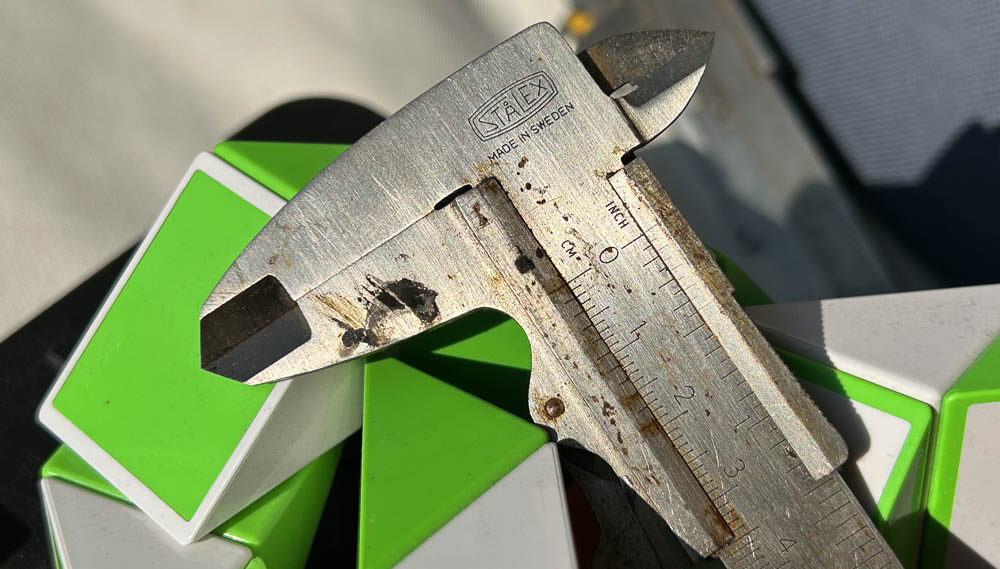
Flee market finds are the best
So, every time I visit a flea market, secondhand shop, or any other place where there might be tools lurking, I keep both eyes peeled for these unloved, unassuming precision devices. Over the years I’ve found a respectable collection of Vernier calipers. Made in Sweden, made in the country we used to call Czechoslovakia, made in England, and made in the distant land of the rising sun, Japan.
That reminds me. The one caliper that can trace its lineage from the Japanese island of Honshu ranks among one of my greatest finds at a flea market (a certain book about the unique and very rare sports car McLaren F1 is another). I was browsing and perusing the weekly Haysquare flea market in Stockholm, Sweden. A great spot to find all kinds of paraphernalia that we humans amass over our lifetimes. I’ve found old currency, passports, and even a few shotgun shells on display… But I digress.
The toolbox looked like any other of the flip-open variety. Halfheartedly, I rustled around in the box with tools noisily making their un-cooperation known. I moved a few screwdrivers over… and there it was. A pair of Vernier calipers made by the Japanese company Mitutoyo. I could hardly fathom what I held in my hands. Mitutoyo is highly regarded in the world of metrology (the science of measurement) and one of the foremost actors in this field. The most basic Vernier from this storied brand is approaching a thousand Swedish crowns.
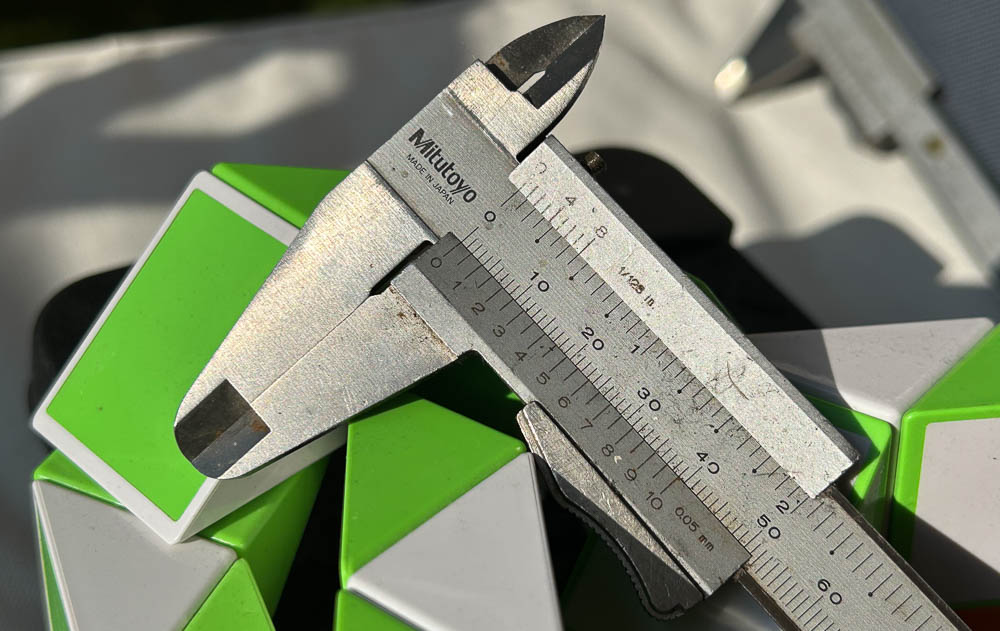
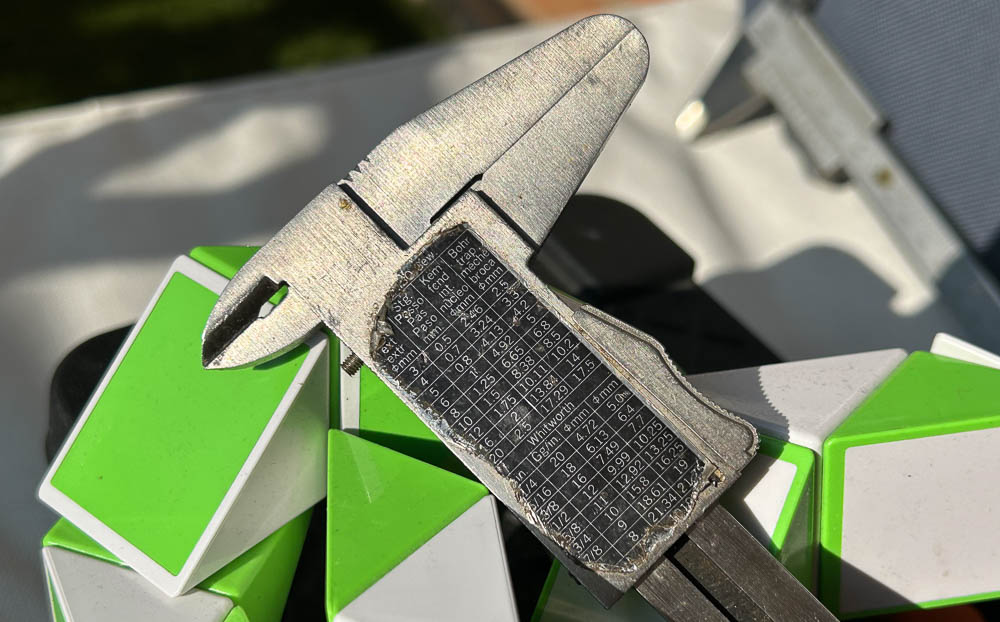
Nogisu – the Japanese word for Vernier
What I gave for my example? A simple clear-cut price of twenty kronor ( $/€ 2). Or a “tjuga” as we call the bill in Sweden. A great find, if I may say so myself. What is the Japanese word for Vernier, I hear you ask? “Nogisu” or a “handheld dimensional measuring tool using a sliding caliper arrangement.” Now you know.
Another precision instrument – or rather, a whole pile of lapped blocks of metal – that made Henry Ford himself bust out his checkbook back in 1923 and buy the whole Swedish firm that made them, is the world-famous Jo Blocks. You know, those inconspicuous cubes of metal housed in a wooden carrying case that can be wrung together like they are a solid one-piece. Those. But that is a subject I’ll venture into in another column.
So, get out there, have a good rummage and save those Verniers from a life in obscurity. I cherish every single one of my two dozen or so I have tucked away with my other tools. All of them have a history, and each tells of the time that birthed it and the future that it helped shape. I’ll never tire of having one in my hands and admiring it. They are truly a timeless tool.
PS. A near relative to the sliding Vernier scale is the micrometer. But instead of using a linear motion to measure lengths, it uses threads and a rotating motion to measure length in finer increments. Perhaps this is what my next column will delve deeper into… DS.
/ Errol Orhun
Get your own wall paper and support Fascinating cars
No products found
Posters made by Fascinating Cars – shipped all over the world at local shipping cost


